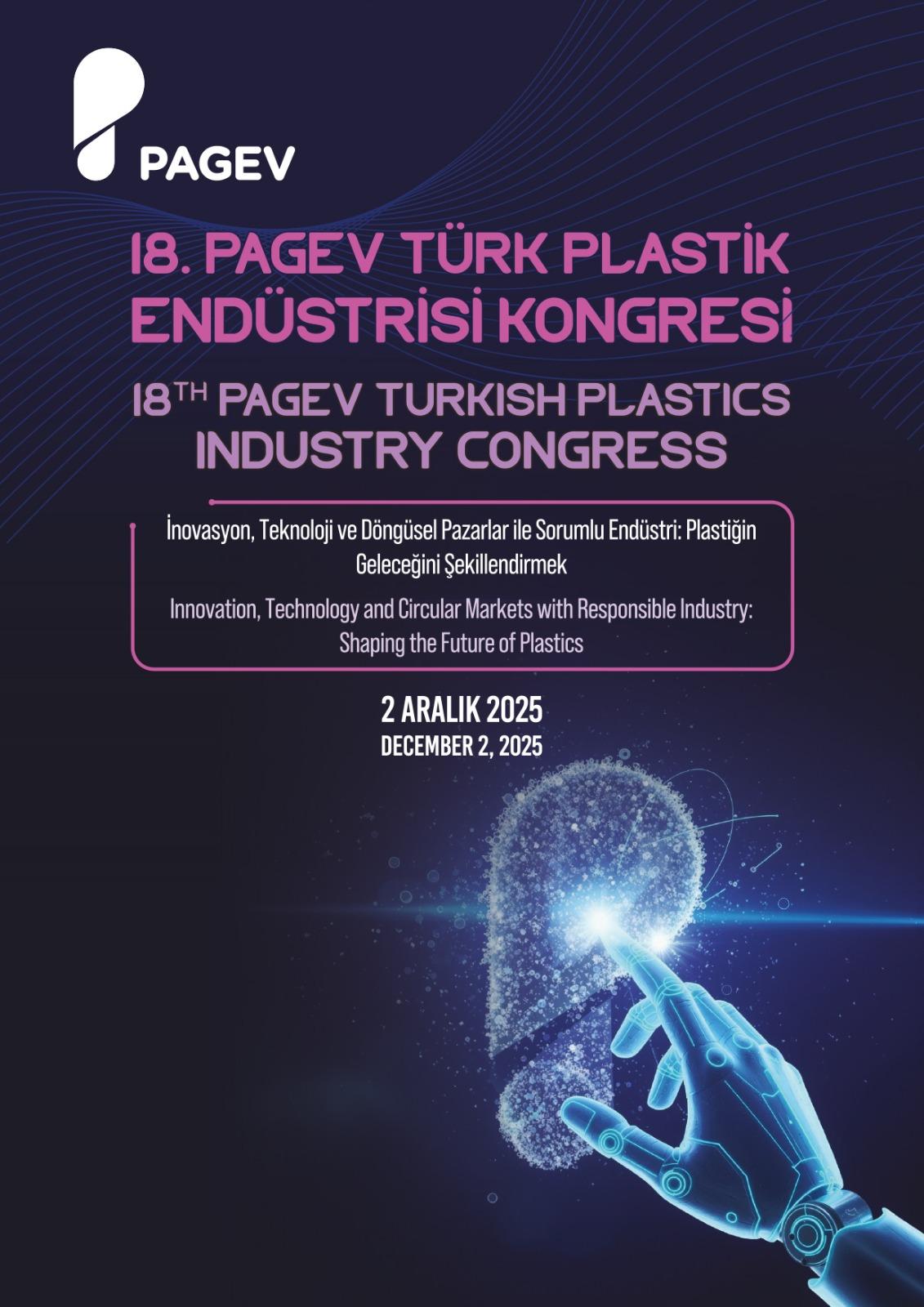Waste Pre-treatment and Sorting

The pre-treatment and sorting operations for plastics waste enable this valuable resource to be diverted from landfill and to deliver recyclate of the required market-driven qualities. A wide range of technologies are currently used for waste pre-treatment and sorting. These range from manual dismantling and picking to automated processes such as shredding, sieving, air or liquid density separation, magnetic separation and highly sophisticated spectrophotometric sorting technologies, e.g. UV/VIS, NIR, Laser, etc. Modern sorting plants are often complex infrastructures applying several of these technologies that have been adapted to specific waste streams in order to reach an optimal output and cost performance.
Today’s modern pretreatment and sorting operations for commingled packaging and other dry recyclable materials can process over 100,000 tonnes/year of plastics waste. With some specific plastic materials, they can produce recyclates with a purity >95 %.
Different applications (end-of-life vehicles, electronic products, etc) also lead to distinct pre-treatment operations that are legally mandated to divert these end-of-life resources from landfill. Such waste is usually processed to regain (precious) metals. Whilst some large plastics components from these waste streams can be recycled, other plastics fractions contained in complex waste streams are neither clean enough nor available in sufficient amounts to make mechanical recycling a viable solution from both an economic and environmental point of view. In such cases alternative attractive solutions exist for their use as a reductant in steel manufacture and the recovery of precious metals and in dedicated combined heat and power energy recovery processes.
PAGEV is committed to sharing its knowledge on waste pre-treatment and sorting.

